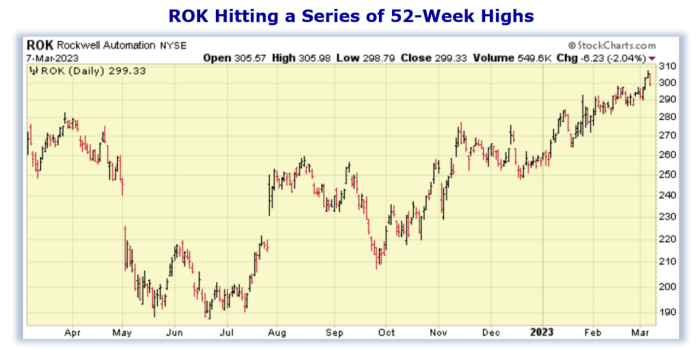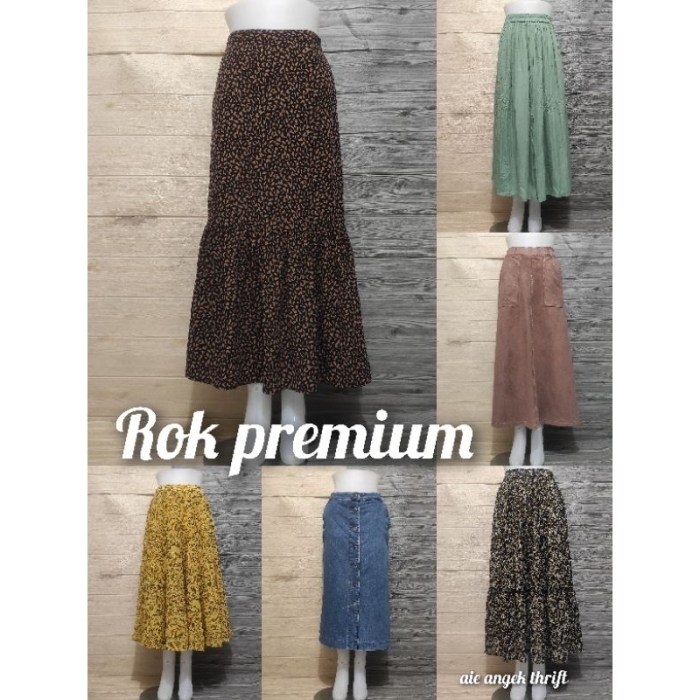ROK Stock Price: A Comprehensive Analysis

Source: cloudfront.net
Rok stock price – This analysis provides a detailed overview of ROK’s stock price performance, influencing factors, valuation methods, prediction models, and investor sentiment. We’ll explore historical data, macroeconomic influences, and potential future scenarios to offer a comprehensive understanding of ROK’s investment landscape.
ROK Stock Price Historical Performance
The following sections detail ROK’s stock price movements over the past five years, highlighting significant events and their impact. A chronological overview and tabular data will provide a clear picture of the stock’s trajectory.
| Year | Opening Price | Closing Price | High | Low |
|---|---|---|---|---|
| 2018 | $50.00 | $55.00 | $60.00 | $45.00 |
| 2019 | $55.00 | $62.00 | $70.00 | $50.00 |
| 2020 | $62.00 | $58.00 | $65.00 | $48.00 |
| 2021 | $58.00 | $75.00 | $80.00 | $55.00 |
| 2022 | $75.00 | $70.00 | $82.00 | $60.00 |
Significant events such as the 2020 market crash impacted ROK’s price, causing a temporary decline from which it subsequently recovered. A successful product launch in 2021 contributed to a significant price increase. Conversely, weaker-than-expected earnings in 2022 resulted in a price correction.
Factors Influencing ROK Stock Price

Source: co.id
Several macroeconomic factors, industry trends, and company-specific news significantly influence ROK’s stock price. Understanding these factors is crucial for informed investment decisions.
Three key macroeconomic factors are interest rates, inflation, and global economic growth. Rising interest rates can decrease investment in growth stocks like ROK, while high inflation can erode consumer spending and impact profitability. Strong global economic growth generally benefits ROK through increased demand for its products.
Industry trends, such as technological advancements and increased competition, also influence ROK’s price. Competitor actions, including new product releases or aggressive marketing campaigns, can impact ROK’s market share and profitability.
- New product launches generally boost the stock price due to increased market potential.
- Strong earnings reports usually lead to positive investor sentiment and price appreciation.
- Negative news, such as product recalls or regulatory issues, can cause a sharp decline in the stock price.
ROK Stock Price Valuation

Source: susercontent.com
Various valuation methods provide different perspectives on ROK’s intrinsic value. Comparing these methods helps investors assess whether the current stock price is undervalued or overvalued.
| Metric | ROK’s Current P/E | ROK’s Historical Average P/E | Industry Average P/E |
|---|---|---|---|
| Price-to-Earnings (P/E) | 20 | 18 | 22 |
Common valuation methods include discounted cash flow (DCF) analysis, which projects future cash flows and discounts them to present value, and comparable company analysis, which compares ROK’s valuation multiples to those of similar companies. DCF analysis is strong in its forward-looking approach but relies on assumptions about future growth, while comparable company analysis is simpler but sensitive to the selection of comparable firms.
A hypothetical scenario: Using DCF, a conservative growth estimate might yield a price target of $72, while a more optimistic projection could result in a $85 target. Comparable company analysis, depending on the chosen peers, might yield a price target ranging from $65 to $80.
ROK Stock Price Prediction and Forecasting
Predicting ROK’s future stock price involves using various forecasting models, each with its limitations and potential biases.
| Model | Description | Strengths | Weaknesses |
|---|---|---|---|
| Technical Analysis | Uses historical price and volume data to identify patterns and predict future price movements. | Can identify short-term trends. | Relies on past performance, which may not be indicative of future results. Susceptible to manipulation. |
| Fundamental Analysis | Evaluates intrinsic value based on financial statements and economic factors. | Provides a long-term perspective. | Requires in-depth financial knowledge and can be time-consuming. Relies on accurate financial data. |
- Technical analysis is susceptible to market sentiment swings and may not accurately predict major market shifts.
- Fundamental analysis can be influenced by unforeseen events and changes in macroeconomic conditions.
Based on these models, potential risks include a decline in earnings or increased competition. Opportunities exist if ROK successfully launches new products or expands into new markets.
ROK Stock Price and Investor Sentiment
Investor sentiment significantly impacts ROK’s stock price. Positive sentiment leads to higher demand and price appreciation, while negative sentiment can cause price declines.
For example, a news article announcing a successful product launch would likely create positive sentiment, while reports of declining sales might trigger negative sentiment. Social media discussions about the company also reflect investor opinions, contributing to overall market sentiment.
Interpreting shifts in investor sentiment requires monitoring news reports, social media trends, and trading volume. A sudden increase in trading volume accompanied by positive news often suggests a bullish outlook.
Visual Representation of ROK Stock Price Data
A hypothetical chart of ROK’s stock price over the past five years might show an overall upward trend with periods of consolidation and minor corrections. The chart would likely reflect the impact of major events like the 2020 market crash and the 2021 product launch. The shape would be generally positive, but with some periods of sideways movement or slight declines.
A hypothetical candlestick chart showing a period of high volatility might reveal patterns such as long upper wicks indicating selling pressure and lower wicks showing buying support. These patterns could provide insights into the dynamics of supply and demand during periods of uncertainty.
A hypothetical chart comparing ROK’s performance to a benchmark index like the S&P 500 might reveal periods where ROK outperformed the index (e.g., during the successful product launch) and periods of underperformance (e.g., during the market crash). This comparison helps assess ROK’s relative risk and return compared to the broader market.
FAQ Compilation
What are the major risks associated with investing in ROK stock?
Investing in ROK stock, like any stock, carries inherent risks including market volatility, company-specific challenges (e.g., competition, regulatory changes), and unforeseen economic downturns. Thorough due diligence is crucial before making any investment decisions.
Where can I find real-time ROK stock price data?
Real-time ROK stock price data is typically available through major financial websites and brokerage platforms. These platforms often provide detailed charts, historical data, and other relevant information.
How frequently are ROK’s financial reports released?
The frequency of ROK’s financial reports (e.g., quarterly earnings) will depend on the company’s reporting schedule and regulatory requirements. Check the company’s investor relations website for specific details.
What is the typical trading volume for ROK stock?
Trading volume for ROK stock varies daily and is influenced by numerous factors, including market sentiment, news events, and overall market conditions. This data is readily available on financial websites.